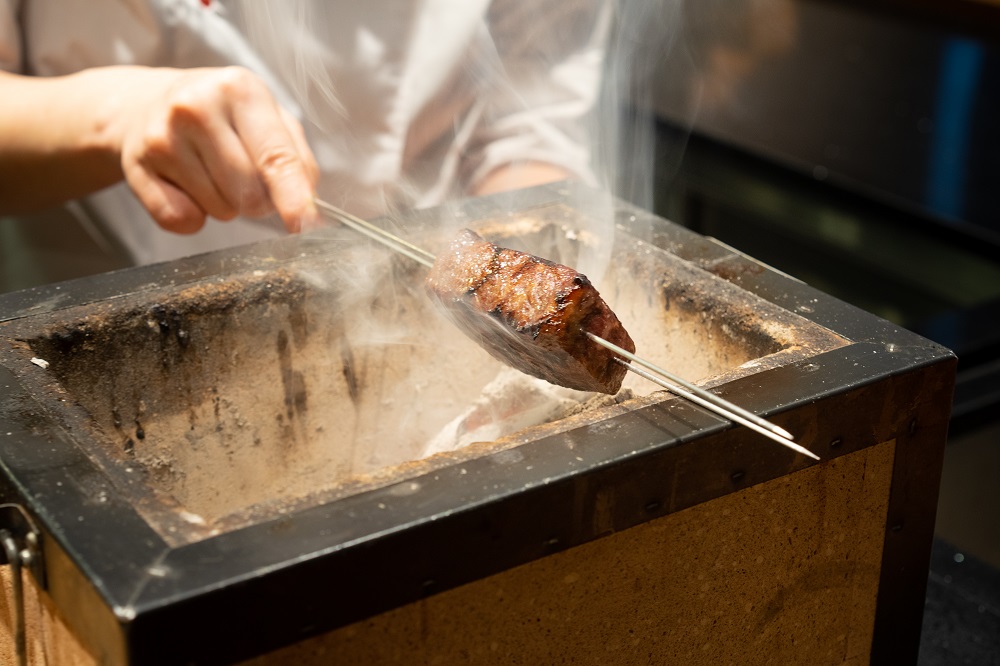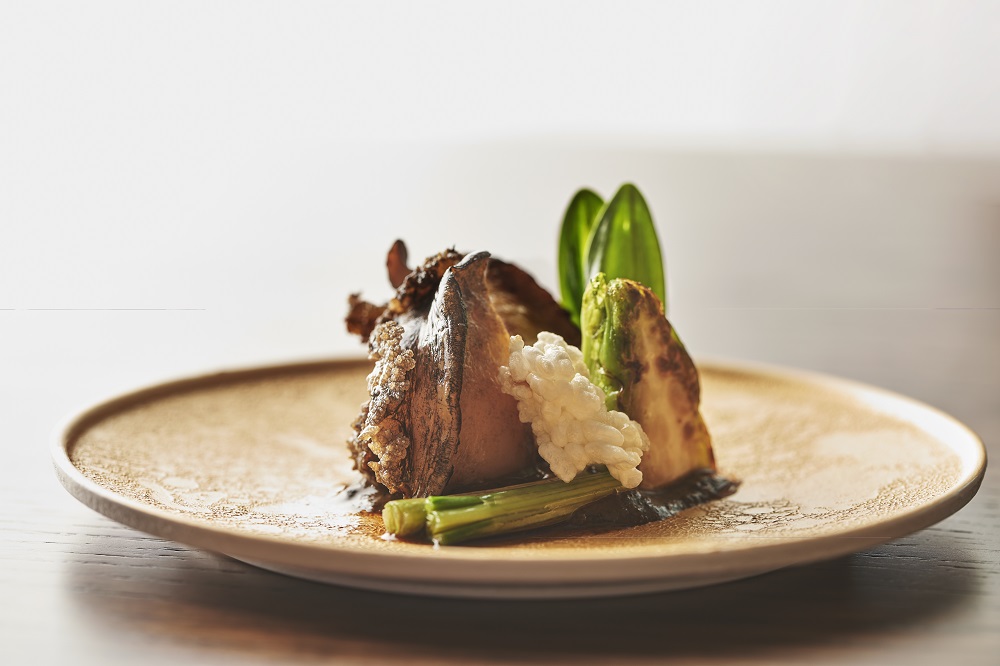Akane Eno is the chef-owner of Ichigo Ichie and the only Japanese female to helm a fine-dining kappo restaurant in Singapore. She reveals what it takes for chefs like her to rise to the top.
1.jpg)
Art has always been a passion of chef Akane Eno who was born and raised in Tokyo. Her family would celebrate special occasions at French restaurants and Western steakhouses where she often wondered how her favourite dishes were created as she dined. With a natural interest in painting and culture, Eno considered cooking a form of art, and although she pursued art history at university, the then 21-year-old ultimately chose a culinary career.
Eno embarked on an intense one-year programme at the renowned Tsuji Culinary Institute in Osaka, one of the top cooking schools in Japan. After graduation in 2001, she underwent a one-year apprenticeship at a kappo restaurant in Tokyo. It was here that she met her mentor, masterchef Masaru Furusawa and under whom she trained for over eight years in the art of kappo (meaning “to cut and cook” in Japanese).
While it was conventional for junior staff to be assigned minor, often tedious tasks such as mise en place, Furusawa allowed Eno to stand beside him at the counter to watch and learn.
In 2017, Eno joined Sushi Kimura in Singapore as head chef and was part of the team which achieved one Michelin star in 2018 and 2019. Working under sushi master Tomoo Kimura, she honed her understanding of fish as an ingredient, that while sushi chefs trimmed a whole fish into different parts for sushi and sashimi, kappo chefs viewed the fish as a source of inspiration and the starting point for a variety of dishes.

Her insights from working with two experts in their fields led Eno to develop her own refreshing style of omakase.
Eno’s dual passions for art and food are finally brought together at her restaurant Ichigo Ichie, a name that’s based on the old Japanese phrase which loosely translates to ”one life, one moment” – an unforgettable experience that one cherishes for a lifetime. Today, her cultural roots and two decades of experience have allowed her to combine unconventional elements such as cream cheese, curry leaves, and maqaw peppers with Japanese cooking techniques, lending different dimensions to familiar flavours and creating a kappo experience that is uniquely hers.
Why is it so rare to see female chefs helming kappo (or any other type of Japanese) restaurants?
In the past and no matter in which industry, Japanese women would quit their jobs after they got married. Bosses were not keen to support the career of their female employees, since most of them will eventually quit.
The current situation is quite different now so many women continue to work even after they get married. Although times have changed, there are bosses who still have the traditional mindset. I have observed more female chefs in the industry now, and the numbers are gradually increasing each time I go back to Tokyo. However, the journey of a chef is very tough and many people, both men and women, do not last more than two years in the industry.
Why do you consider cooking to be a form of art?
Personally, I think both food and art can impress people – not by making them admire the dish or artwork, but by stirring their emotions. Food is a way for me to communicate my thoughts and ideas to my guests. Cooking also allows me to share the flavours of the seasons and the quality produce from my suppliers. I would think of what I want my guests to feel, experience, and learn when I work on a dish. The dishes presented are like art pieces being displayed in galleries and museums; each guest will be immersed in an experience which is unique to them.
How would you describe your style of cooking and approach to food?
I cook kappo cuisine. Kappo is written as 割烹 in kanji. 割 means to cut, and 烹 means to cook. It is a style that emphasises my preparation of the meal in front of the guests who would savour the experience with all their five senses. I am always seeking to learn something new. I have a lot of respect for my country’s culinary traditions, but I also enjoy trying techniques and pairings that may not be so common in our culture. Whenever I receive deliveries of seasonal ingredients, I will first taste the produce, then think of what would go well with it.
Sashimi is a dish which I’d consider as a good representation of my culinary style. Although many people think that kappo cuisine comprises only cooked dishes, sashimi is an important dish to showcase the “cutting” aspect of kappo. I enjoy the thought process of how each fish can be showcased at its best. The sashimi platter offers a challenge. It is not just about slicing raw fish. The plate of fish must be prepared thoughtfully to allow my guests to enjoy a variety of textures and flavours.

Why is fish the starting point for you and how does it inspire you in your dishes?
A full omakase menu relies on the produce of the day. One dish does not stand on its own. It is part of a well-balanced menu which influences how I prepare the ingredients. Every fish is different, and the same type of fish can differ from day to day. I’d focus on its quality and potential rather than the expectation of how it should be prepared traditionally. Some people think that sashimi is the best way to enjoy a good fish, but curing, ageing or cooking can sometimes better showcase the qualities of the fish. We should try to be more flexible in our thinking.
For example, earlier this year, I served sawara (Spanish mackerel) in different styles. I cured the fillet with salt. As it was fatty, I seared the skin side down with charcoal and lightly smoked with rice straw, then topped it with egg yolk sauce to complement the creamy textures of the fish and egg yolk. On another occasion, I paired cured sawara with kagura nanban (a type of green chilli pepper that has a slight bitterness), dressed in a savoury base sauce made with soy sauce. The pairing brought out the nuances of saltiness and bitterness in both ingredients.
.jpg)
What’s your favourite dish?
It is very difficult for me to choose one dish because I am impressed with all seasonal ingredients, and have never considered any particular dish as my top favourite. The dishes I create are a form of communication between my guests and I. It is about spending the time to get to know their preferences, looking at what’s available in season and creating a dish that I believe the guest will enjoy. I can love a dish very much but if the guests do not appreciate it, it will be meaningless to me. At the end of the day, my aim is to serve food that can bring joy to my guests.
What would you say to every female chef trying to make a mark for herself in this industry?
Having the right mindset is extremely important as cooking can be physically and mentally exhausting. If you want to learn something, you must put in the extra effort. It will be difficult to continue if you see it as just a job. You need the passion and dedication to learn. Most importantly, believe in yourself!
.jpg)